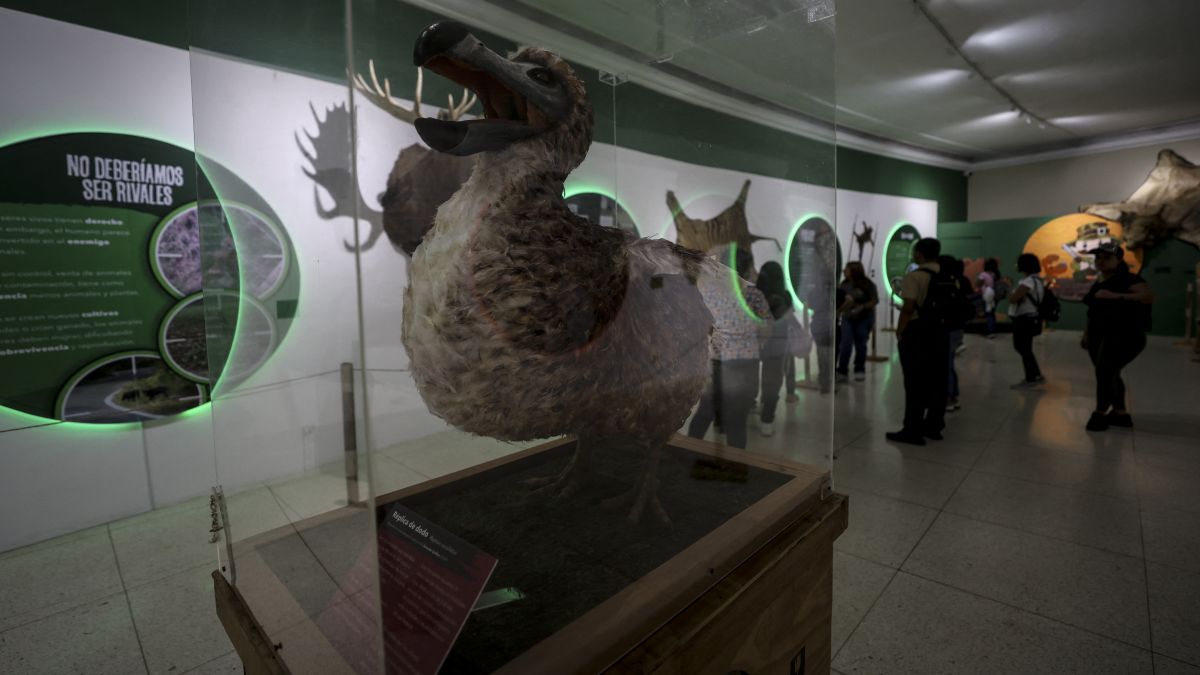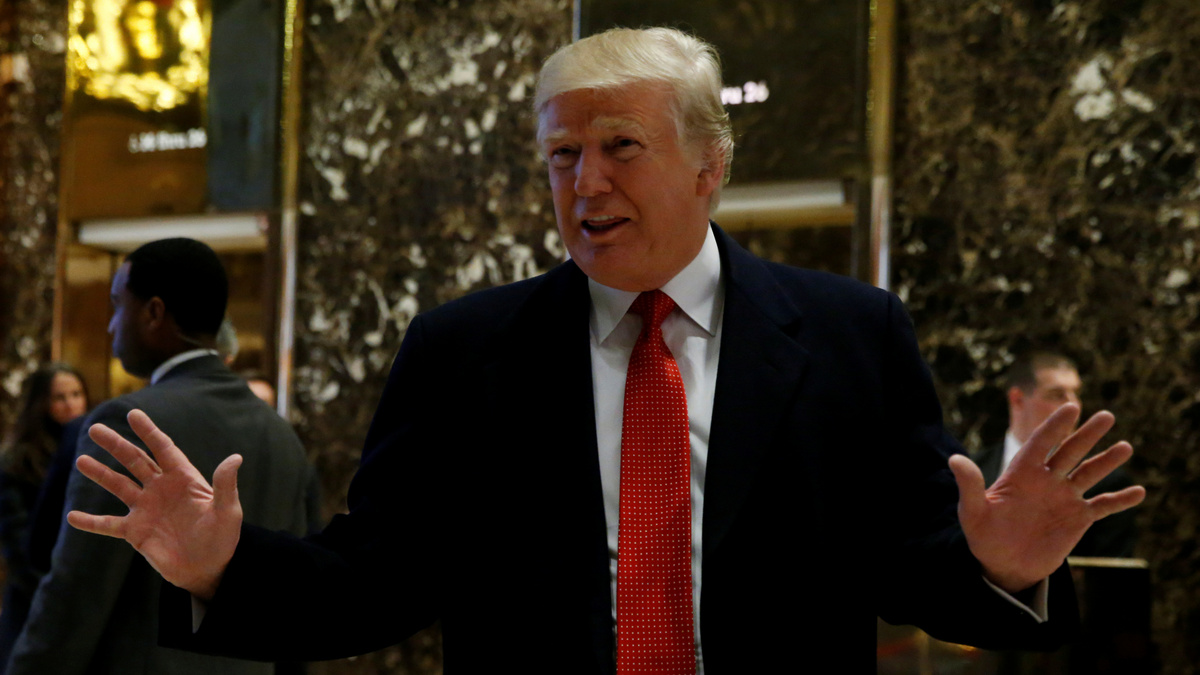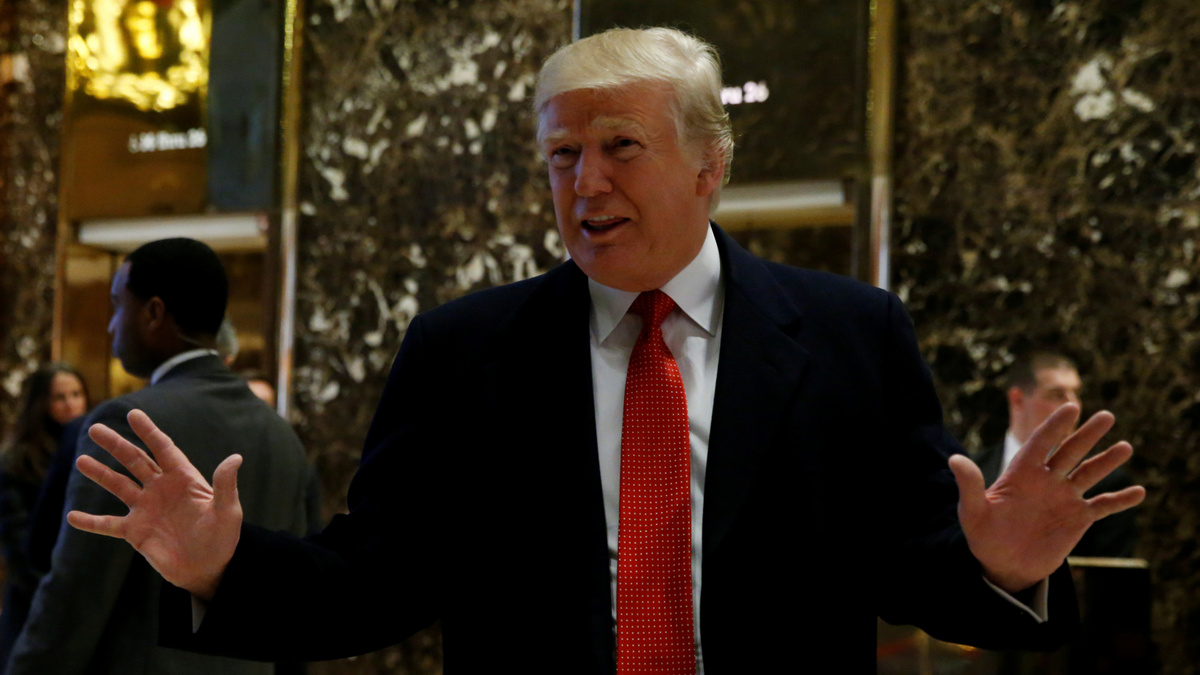The last time the dodo, a flightless, giant bird, was seen walking planet Earth was 400 years ago. Now, we may soon see the return of the dodo as scientists have declared a breakthrough that could see the bird roam Mauritius once again.
A company based in US’ Texas, Colossal Biosciences, claims it has made headway in reviving the species, hundreds and hundreds of years after it vanished.
Here’s how we may soon view the flightless bird in all its glory.
Dodo and its tale of extinction
The dodo has become the symbol of extinction. Known as Raphus cucullatus in the scientific world, the first written reference of this bird comes from Dutch sailors in 1598, who were sailing in and around Mauritius.
Today, scientists believe that the dodo evolved from pigeon-like ancestors. Its last reliable sighting took place in 1662 or possibly as late as 1680 with habitat loss and introduction of other invasive species, such as macaques, pigs and rats that raided dodo nests, sealed its fate.
In the years since its extinction, the dodo has gained attention. In fact, many believe that the giant fruit-eating bird wouldn’t be so well-known today if Lewis Carroll hadn’t included it as a character in Alice’s Adventures in Wonderland with Disney amplifying it even further by depicting it as a plump and clumsy bird.
However, many experts note that the dodo doesn’t look anything like what pop culture has shown us. In fact, even images in museums and in science are mere reconstructions. However, we do have fossils of the dodo that give us a rough idea of the body of the bird, but visuals such as plumage and colouration remain a mystery.
One study has claimed that dodos likely stood about 70 centimetres tall and probably weighed around 12 kilogrammes. They also may have had darker feathers, likely ranging in colour from a light grey to a darker brown.
Bringing the dodo back to life
Now, Colossal Biosciences, a Texas-based company that’s also looking to recreate the woolly mammoth, has said that they have achieved a significant breakthrough in its attempt to revive the species.
The company’s scientists have said they have succeeded in culturing specialised cells from the rock dove — better known as the humble pigeon. They plan to use the same or similar techniques to culture cells from the dodo’s closest living relative, the Nicobar pigeon, which is from the same family of birds.
The firm further added that it has also developed gene-edited chickens that will act as surrogates for the dodos. The chickens will be injected with primordial germ cells from the Nicobar pigeons, which will in time, after gene edits to create the desired body and head shape, allow them to breed dodos.
When asked how long before the world sees an actual dodo, Ben Lamm, Colossal’s chief executive said, “Rough ballpark, we think it’s still five to seven years out, but it’s not 20 years out.”
Ben Shapiro, the chief science officer at Colossal, further noted that the dodo project is particularly challenging as birds develop inside an egg and can’t be cloned in the same way as mammals. With birds, the slowest part of this process is that we have to make two generations,” he told CNN.
“We can’t clone the cells, so we have to make moms and the dads separately and then breed them in order to get both copies of the gene to be modified. That is pretty slow.”
The company has announced that it plans to make enough dodos with genetic diversity that they could be left out in the wild and thrive. And for this, they are also simultaneously coordinating with wildlife groups to scour safe, rat-free locations in Mauritius where the bird could live.
According to Colossal, the advance is a “really important step for the dodo project but also for bird conservation”.
Colossal and other efforts at de-extinction
The Texas company has been at the forefront of de-extinction — the process of resurrecting species that have died out, or gone extinct.
For instance, the biotech startup with high-profile investors such as American footballer Tom Brady, socialite Paris Hilton, golfer Tiger Woods and Hollywood director Peter Jackson is also engaged in the revival of the woolly mammoth — it recently announced that it had created a woolly mouse.
Moreover, the firm has also produced three dire wolf pups, a species popularised by the book-turned-series Game of Thrones, but not seen on Earth in more than 12,000 years. It’s also attempting to revive the moa, a giant bird once found in New Zealand.
Concerns over de-extinction
While Colossal has hailed their advancement in bringing the dodo back, there are many others who question if the project would actually bring back true dodos.
Leonardo Campagna, an evolutionary biologist at the Cornell Lab of Ornithology, is one such sceptic. “It’s hard to know what it took to make a dodo genetically, from its genomic architecture to how its genes interacted with the environment.
“I’d be curious to see a pigeon like that. But is this in fact the dodo? We need to acknowledge that there is a lot we don’t know and maybe never will,” he was quoted as telling The Guardian.
Others also note that it’s not truly possible to resurrect an extinct animal — any attempt could only create a genetically modified, hybrid species. Suggesting otherwise risks undermining the urgency of protecting existing species and ecosystems, according to conservationists.
There’s also the argument that such de-extinction efforts actually undermine conservation efforts. Oxford University’s Rich Grenyer described the initiative as a “dangerous distraction” and warned that engineered species might bring only the semblance of restoration when underlying environmental problems are left to persist.
Even Prof van Oosterhout echoed similar sentiments to CNN. “Technology can’t solve the biodiversity crisis. It might save a few species, but it’s not a magic bullet.”
However, responding to the criticisms against their work, Lamm said of the dodo revival project: “These are dodos, and I’m sure there will be some people who say, ‘Oh, well, we don’t like them. We’re not going to call them dodos’.”
He added to The Guardian, “Then don’t. We just don’t care, and the more you don’t call them a dodo, the more controversy you drive, the more my numbers go up. So that’s great. So whatever you want to call them, as long as you’re calling them something.”
With inputs from agencies


)

)
)
)
)
)
)
)
)



